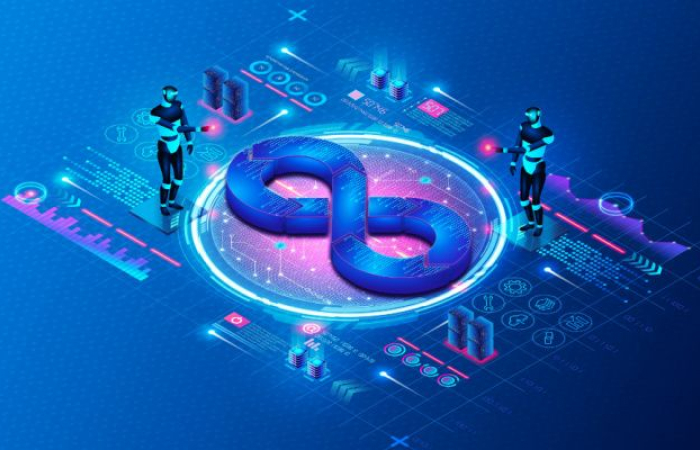Journey to Reduce Out of Stock by 4% for a $200B Company in Retail
This is a story of our journey with a $200B global retail company, where together we created huge value. Our endeavor focused on leveraging AI to master demand prediction, optimizing truck loading, and significantly reducing stock-out rates. All of this happened among fluctuating demands and high turnover in truck drivers.
The solution ended up consisting of 50 AI models, created in just 6 months for 2 districts (approximately 100 stores), serving about 1K drivers every day. Best of all, it now requires only a few hours per week of one data scientist’s time, to maintain the models.
So, how did we get here?
Is There a Problem? If so, How Bad?
When you are about to embark on an AI journey, it is always a good idea to determine if there is a problem and if there is, is it bad enough to do something about it? For example, in this story, although there were about 72K stores in total, we decided to concentrate only on a couple of particular routes.
As we started, we quickly recognized a key pattern in the amount of items bought: the stores that were visited towards the end of the day, bought less. We found out that this was not because they didn’t want to buy more, but because there wasn’t anything left to buy. We determined that the items were not sold because they weren’t available at the truck, they were essentially “out-of-stock”.
We also learned that driver experience mattered. For example, when truck drivers have had the same route for about a year, it was possible for them to observe demand patterns and load a sufficient amount of inventory to not run out by the end of their route. But truck drivers who were new to a route, or new on the job, could not load their trucks accurately. Considering the fast turnover of the truck drivers, the size of the problem was large enough for our customer to embark on a solution journey.
It Takes a Village
I wish I could tell you that we created one AI model that solved all problems, but that’s far from the truth because while the challenge might have sounded straightforward, the solution was quite complex, which is the case with most business challenges.
The good news was that our customer’s IT teams had created all the data integrations, so that the truck drivers were able to record the number of items they loaded in the morning and the number of items they had left at the end of the day. Truck drivers had tablets to enter that information.
AI models’ role was to recommend what to load on the truck. AI was a part of the solution that consisted of other components for data input, storage, and communication. If AI could suggest to drivers what to load in the morning, so that they would come back with the least amount of each SKU (i.e. no out of stock) and also not have too large a surplus (i.e. no overstock), then we would have solved the problem.
What to Predict to Prevent Out of Stock?
There were hundreds of SKUs, 70K+ stores, and 1K routes. What should we predict, so that we could prevent out of stock? We ended up predicting the demand for each item at each store on a particular day. For some of the SKUs, there wasn't enough data, so instead of creating a model for those SKUs, we decided to use the prediction for their parents.
Initially, we started with one model. Then, we separated out the routes for which we predicted the demand for each item at each store, every day. At the beginning of the day, given the stores that would be visited, we added the predicted demand for each SKU to determine how many to load. Truck drivers had the opportunity to override those predictions and increase or decrease what they actually loaded. If there were one or more items left for an SKU, we deemed the prediction to be successful for that SKU.
Change is the Enemy no one sees coming in Traditional AI Models
Traditional AI models learn from the past data and perform best if the future is like the past. However, in this case the demand for SKUs changed from time to time, due to advertisements, deals offered to clients, competition, weather and the economy. So, we utilized TAZI’s continuous learning models to update models regularly with new data. This approach is keeping the models relevant and in sync with changing business conditions. It also keeps high accuracy while reducing the effort for model maintenance.
We had the business teams involved from day one. They helped the AI models by sharing SKU hierarchies and similarities, performed data leakage checks, and audited the results. Where results didn’t meet the expectations told us where more data, or better models, were needed.
Value: 4% Reduction in Out-of-Stock
The results of all this effort have been transformative: We have been able to reduce out of stock by 4%! The truck loading system we created is now a part of everyday lives of about 1,000 truck drivers. AI helps them identify what to load every day, so that they prevent being both out-of-stock and over-stock. Even on day 1 of their job, they can benefit from this system. Additional benefits are continuous inventory level optimization and enhanced customer satisfaction.
Road Ahead for You: AI and GenAI for Your Demand Prediction
Getting value from AI is a journey and this customer is well ahead of many; however, there is still much more that can be done. GenAI brings new opportunities and we have incorporated GenAI into our solutions enhancing existing and creating new use cases.
We believe that trust and value need to be addressed in any AI or GenAI solution. Our GenAI and AI based solutions are trustworthy because human domain experts are On-The-Loop in design and monitoring of AI-based solutions. Extensive documentation of data, models and activity also help with trust and maintenance of these systems. We see the value of GenAI in terms of reduced training data collection and processing requirements for certain use cases. We will share our GenAI use cases for demand prediction in other posts.



